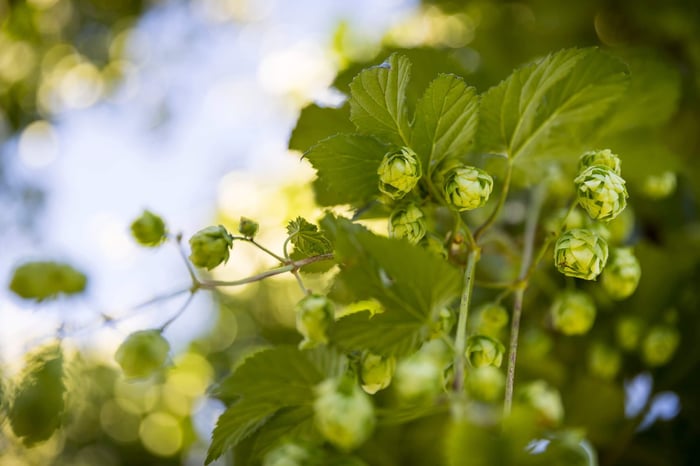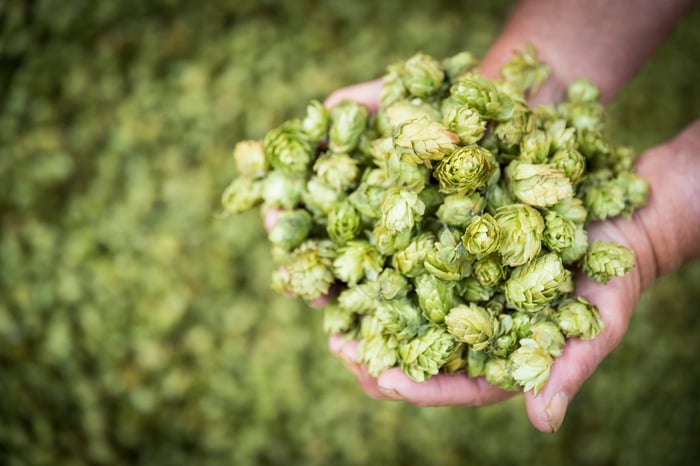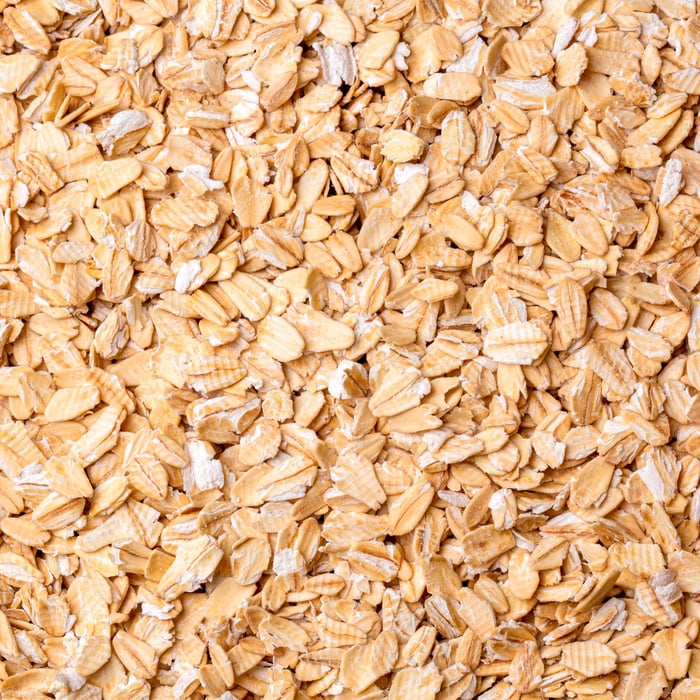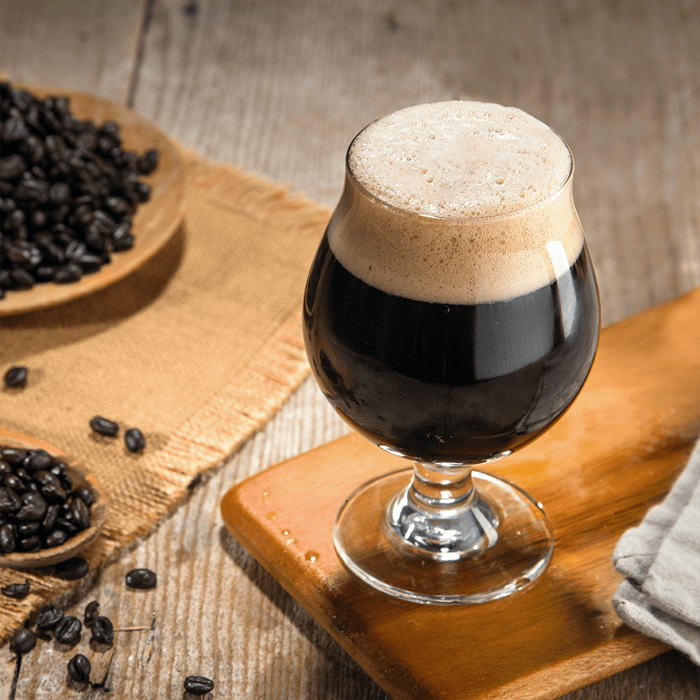Right, let's have a proper chat about hop stands—a technique that's been quietly transforming British brewing whilst most of us were still mucking about with rigid boil schedules. If you've ever supped a truly exceptional hoppy pint and wondered what made it so bloody good, chances are there's a hop stand involved.
When American Craft Met British Curiosity
The tale starts in 2008 in a Wellington pub (stay with me, this is going somewhere brilliant). One of our lot was enjoying an Epic Armageddon—proper hoppy beer, that—when it struck him: "Blimey, how do they get such incredible hop character without it being harsh as old boots?"
Turns out, Luke Nicholas from Epic Brewing had nicked some secrets from top American brewers. The trick? Chuck traditional British brewing wisdom out the window and load your hops at the end of the boil instead. Revolutionary stuff, really.
Flipping the Script on Traditional Brewing
Here's the thing that'll make your head spin: instead of working out your IBUs first like we've been taught since brewing school, you start with flavour. How much hop character d'you actually want? We're talking anywhere from 2-10 grams per litre, with 5 g/L being a cracking starting point for session beers.
This completely changes how you approach recipe formulation. No more slavishly following those 60, 30, 15, 5-minute addition schedules. Instead, you're building flavour first, then sorting the bitterness calculations afterward.
The Technical Bits (Without Getting Too Stuffy)
Let's get a bit scientific, shall we? Alpha acids keep doing their thing after flame-out, continuing to isomerise until your wort cools to about 79°C. The warmer it stays, the more extraction you get—simple as that.
Now, calculating IBUs for hop stands is where it gets interesting. Professional breweries with their massive 60-barrel whirlpools behave rather differently to your 23-litre setup at home. From our experience brewing everything from homebrew batches to 10-barrel commercial runs, a 3-5% utilisation rate works a treat.
British Hop Stand Utilisation Guide:
- 85-93°C: 5% utilisation
- 77-85°C: 4% utilisation
- 71-77°C: 3% utilisation
- Below 71°C: 2% utilisation
Why Hop Stands Are Absolutely Brilliant
Think about it like this: hop essential oils are precious little things. At full boiling temperatures, they're hitting their flashpoints and buggering off as steam. It's like buying premium Jester hops only to watch the good stuff disappear up the chimney.
A hop stand sorts this right out. You remove that vigorous boil for your late hops, drop the temperature, and give those essential oils proper time to integrate with the wort. The exact mechanism is still a bit of a mystery, but the results are undeniable—more hop flavour, better aroma retention, and what we call "smooth bitterness" that doesn't strip the enamel off your teeth.
Putting It Into Practice
Classic British Bitter with a Modern Twist: Take your favourite bitter recipe and replace the 5-minute Fuggle addition with a 30-minute hop stand. You'll get all that lovely earthy, herbal character without the harsh bite.
Contemporary British IPA: Use traditional varieties like East Kent Goldings or Challenger in extended hop stands for deeper, more complex hop character whilst maintaining that distinctly British profile.
Session Ale Revolution: Transform mild-mannered session ales with hop stands using gentle varieties like First Gold or Bramling Cross for enhanced hop presence without overpowering the malt.
Getting Your Timing Right
Professional brewers typically create whirlpools in their kettles or separate vessels, which naturally extends hop contact time. The whirlpool creates a lovely cone of trub and hop matter in the centre, giving those hops ages to work their magic.
Your timing options:
- Quick job (10-15 minutes): Perfect for delicate British varieties
- Standard approach (20-30 minutes): Our usual recommendation
- Proper long stand (45-90 minutes): For maximum extraction, but watch the clock
We typically stick with 30 minutes, giving everything a good stir after 10 minutes. Going longer can work, but nobody wants DMS flavours mucking up their lovely hoppy beer.
Transform Your Next Brew
Next time you're brewing, ditch those traditional hop schedules and give this a proper go. Instead of adding hops at 30, 15, 7, 5, and 1 minutes, load them up at flame-out and let them do their thing.
The difference is like comparing a decent pint at your local to an absolutely stunning one at a proper craft brewery—same basic ingredients, completely different league.
Check out our hop stand kit at the Grainfather UK store
Give it a go on your next brew day. Your taste buds will thank you, and so will anyone lucky enough to share a pint with you.
Grainfather Team










